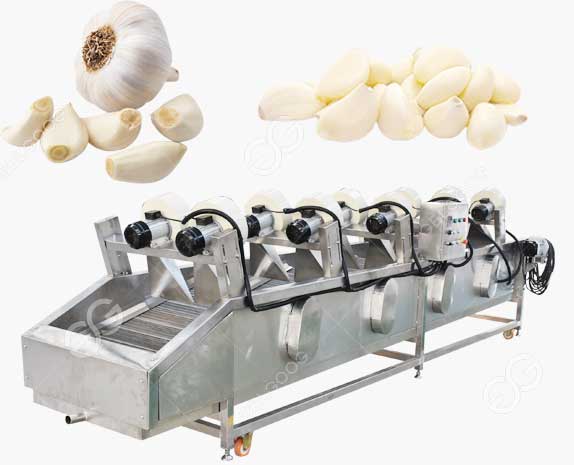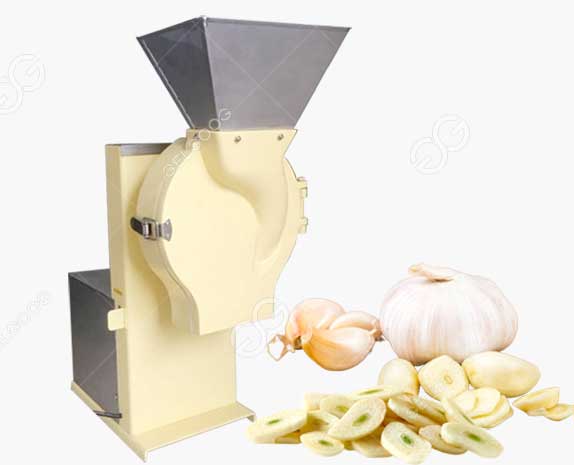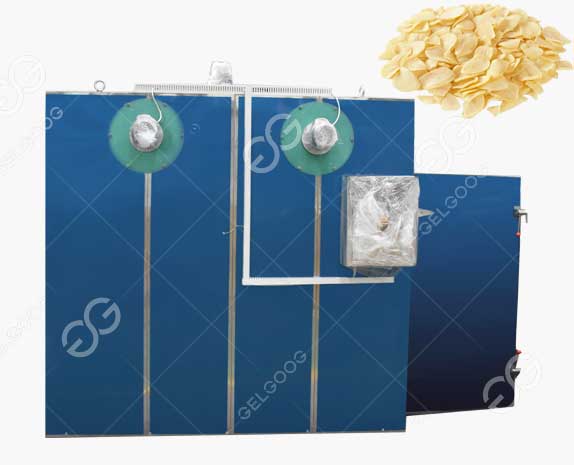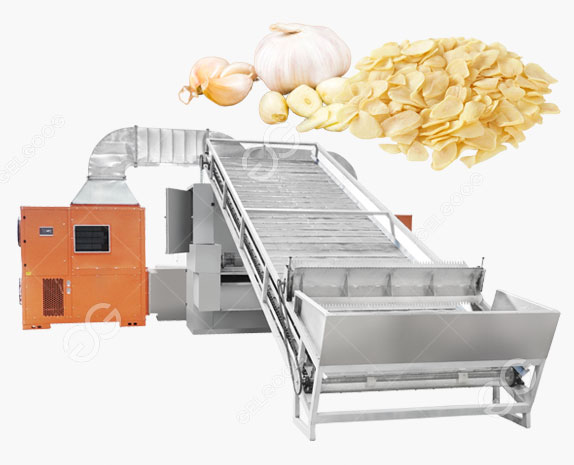If you're exploring opportunities in the food processing industry, the onion powder making business might have caught your eye. It's a staple in kitchens worldwide, a essential ingredient in everything from seasonings and soups to snacks and ready-made meals. But the burning question is: is it profitable?
The short answer is yes, the onion powder making business can be quite profitable, but the margin isn't a single number. It's a range heavily influenced by your business model, scale, and efficiency. Typically, net profit margins can range from 15% to 40% or even higher. Let's break down what influences this range.
Key Factors Affecting Your Profit Margin
Your final profit is what's left after subtracting all your costs from your revenue. Here are the major cost drivers:
1. The Cost of Raw Materials (Onions):
This is your biggest expense. The price of onions is highly volatile, depending on the season, harvest quality, and geographic location. Establishing a reliable supply chain near farming regions is crucial to minimize transportation costs and secure the best prices, especially during peak harvest.
2. Production Scale and Technology:
Are you a small-scale operation using basic dehydrators or a large plant with automated, industrial-grade equipment?
Small Scale: Lower initial investment but higher per-unit costs (energy, labor). Margins are often on the lower end.
Large Scale: High initial capital for machinery (slicers, industrial dryers, powder grinders, packaging) leads to significant economies of scale. Automation reduces labor costs and increases output, pushing margins higher.
3. Processing and Overheads:
The process of turning fresh onions into powder involves peeling, slicing, dehydrating, grinding, and packaging. Each step costs money:
Energy: Dehydrators are energy-intensive. Electricity or fuel costs are a major operational expense.
Labor: Manual peeling and handling require more workers, increasing costs.
Packaging: Durable, airtight packaging is essential for long shelf life and adds to the cost.
4. Quality and Certification:
Organic, non-GMO, or food safety certifications (like ISO or HACCP) can significantly increase your product's market value. While certification has upfront costs, it allows you to command a premium price, thereby boosting your margin.
5. Sales and Marketing:
Who are you selling to? Selling directly to consumers online (B2C) might have a higher markup but involves marketing and shipping costs. Selling in bulk to wholesalers, food manufacturers, or export markets (B2B) means lower per-unit prices but much larger, consistent volumes, which can be more profitable overall.
A Simplified Profit Calculation Example
Let's assume a small-to-mid-scale operation:
Cost of 100 kg Fresh Onions: $50
Yield: ~10% yield means 100 kg onions = ~10 kg powder.
Production & Packaging Cost (for 10kg powder): $30 (energy, labor, bags)
Total Cost for 10kg: $50 + $30 = $80
Selling Price: wholesale price of, say, $12 per kg.
Revenue: 10kg x $12/kg = $120
Gross Profit: $120 - $80 = $40
Profit Margin: ($40 / $120) * 100 = ~33%
This is a simplified gross margin before overheads like rent, marketing, and taxes, but it illustrates the potential.
The Bottom Line
The onion powder making business offers healthy profit margins for those who manage their supply chain and production costs effectively. The key to maximizing profit lies in:
Controlling raw material costs.
Investing in efficient technology to achieve economies of scale.
Exploring value-added avenues like organic certification or private-label branding for higher price points.
With careful planning and a focus on quality, this niche agri-business can be a very fruitful venture.




